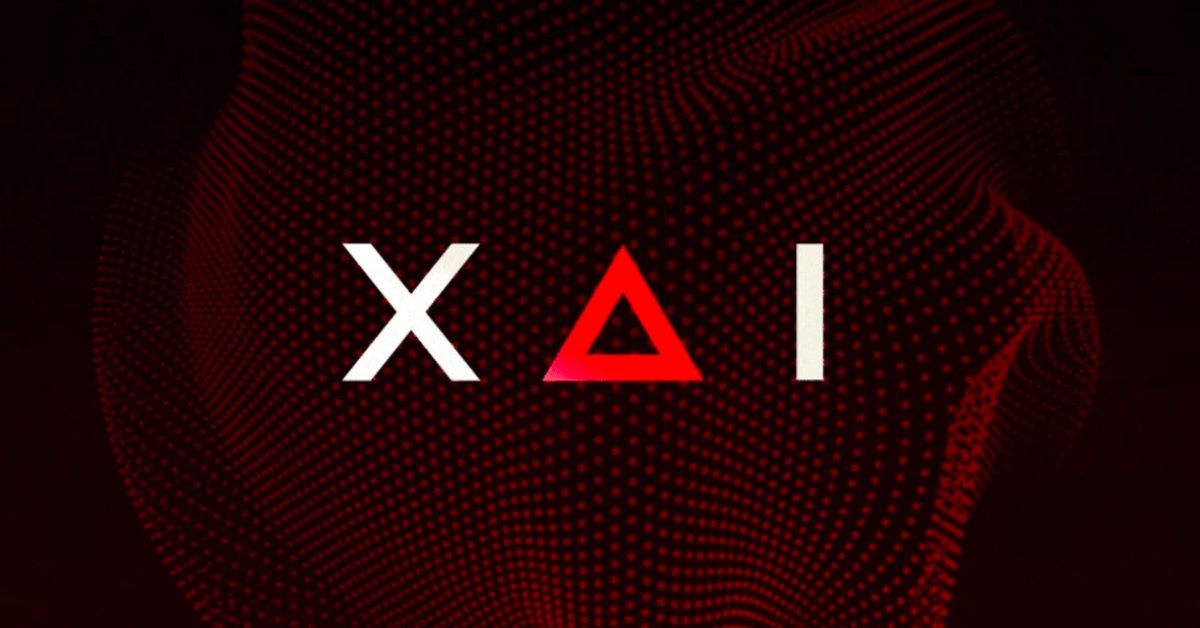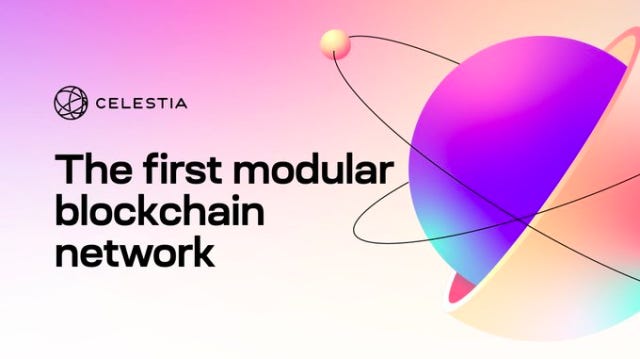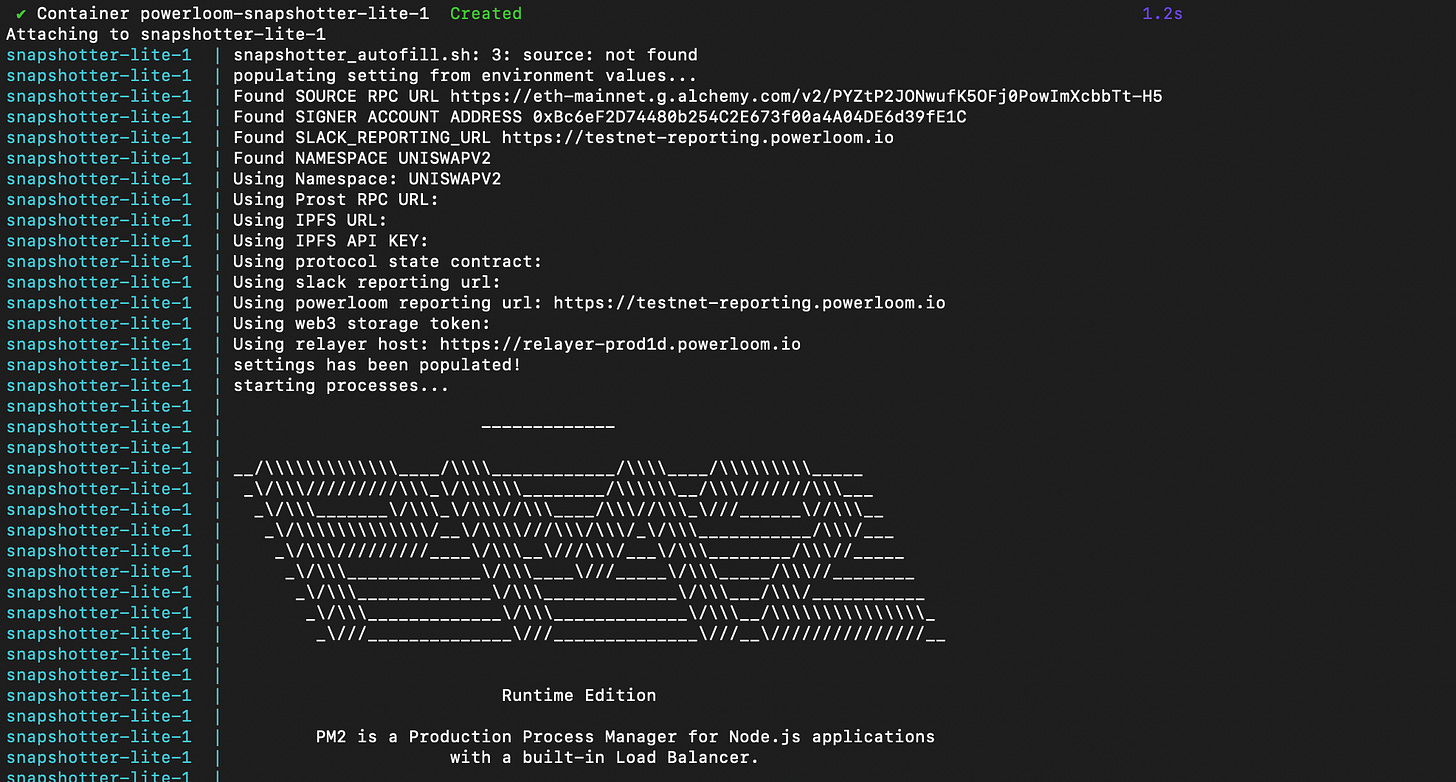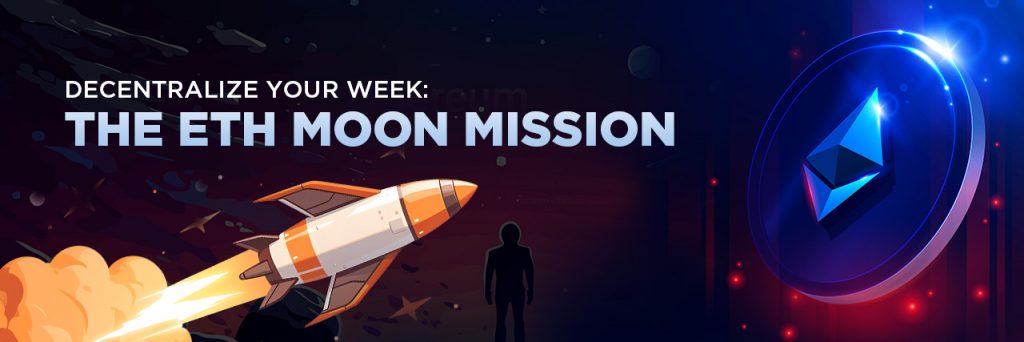In today’s edition of “Decentralize Your Week“, we are looking at something super “Under-Farmed” in the crazy Razzle Dazzle of Crypto… NODES
A node is a working unit of a blockchain. 😳 It is a program on a server, or device. In simple words, a node is responsible for signing transactions, providing network stability. Any hardware, at least a bit powerful, can be a node, even a laptop. But it will have to work 24/7.
Now while everyone, including their grandma 👵🏻 knows about Airdrops, but very few seem to understand the relevancy of running NODES to support a project network.
In today’s edition, we will cover:
- The benefits of running a Crypto Node
- Potential earning opportunity
- Running a Crypto Node for Non-Technical folks
So let’s dive right in…
Why Nodes? 👩🏻💻
👉🏻 Running nodes and supporting the project network is SUPER COMPLICATED!!!
Projects value that, it is not like airdrop farming. Once you understand that angle, you will realise the potential node running has and why it is one of the most lucrative opportunities for degens like us.
🔸For blockchain to work and transactions to be signed, you need computers to do it.
🔹This means that the owners of these devices need to be motivated to get connected.
🔸This usually happens during the Testnet Phase, when the network is being tested and bugs are being found before the official launch.
While every project has various requirements in terms of Hardware Requirements to running a Node, we will cover two examples below:
MONAD Node:

Expected hardware requirements to run a Monad full node:
- CPU: 16 core CPU
- Memory: 32 GB RAM
- Storage: 2 TB NVMe SSD
- Bandwidth: 100 Mb/s
Powerloom Protocol Node:

System Requirement to run a Powerloom Lite Node:
- RAM: At least 4 GB.
- CPU Core: Minimum of 4 Cores
- Disk Space: A minimum of 40 GB
- Python: Ensure Python 3.10 or newer is installed
Now, if you look closely, the system requirement for a Powerloom Node is much lesser compared to the Monad Node.
Why is that you ask?
This is where LITE NODE & FULL NODE enter the scene.
🔸Lightnodes pass data through themselves, so they will only take ~200 MB
🔹Fullnodes must store data, so they can weigh as much as 40 GB.
An alternate to all this hassle would be simply renting a VPS server and letting them do all the heavy lifting for you.
No Bandwidth issues, System uptime issues & other technical dependencies. Users are just required to pay a monthly fee to rent the server.
The NODER Evolution
With the crypto space as a whole evolving with every cycle, even project nodes have advanced with the deployable tech available.
Today there are multiple forms of Nodes available for the public to run and not just limited to the Tech Geek in his crypto lair.
🔸SBT (Soul-Bound Token NFTs)
Instead of giving permissionless access to Node operators, XAI offered a public sale of what they called XAI Sentry Node Keys.
This key once minted became an SBT, which means bound to 1 wallet and non-transferable.
This not only helped the project to raise capital but also provided them the opportunity to reward users who had skin-in-the-game.

𝐗𝐀𝐈 ( 350- 2200$ Airdrop/wallet)
✓ Legendary NFT Holders received 290 XAI per NFT, amounting to $377
✓ Vanguard NFT Holders received 1307 XAI per NFT, amounting to $1700
✓ Sentry Node Operators received 1658 XAI per node/key, amounting to $2155
🔹Celestia Node Operator
The darling of the crypto world currently, Celestia is a playbook for airdrops.
& they began their journey with an airdrop to multiple cohorts as well, namely:
- ATOM stakers & IBC on-chain relayers
- Research & Public Goods
- Early adopters of Ethereum rollups

𝐂𝐞𝐥𝐞𝐬𝐭𝐢𝐚 ( $450 – $21,000 Airdrop per wallet)
✓ TIA Airdrop was received by large amount of users
✓ Around 40% were received by Airdrop-hunters
✓ Node operators received around $16,000 – $21,000 in tokens
NODES for the Non-Tech Folks 🤓
While running a node on the user-end can get super complicated with code on Terminal looking something like this 👇🏻…

This might become a huge headache if Coding isn’t your first love…
The solution???
Well, now we have One-Click Node solutions that help in one-click Node deployment for a nominal monthly charge.
User intervention is at the absolute minimum and all the technical aspects are handled by the service providers themselves, including VPS, RPC, Testnet Network support, Testnet tokens etc…
P.S- Please do your due diligence before taking any actions in the crypto space
MilkyWay: $TIA Liquid Staking

This airdrop will require you to stake some TIA tokens through Osmosis.
Jito rewarded users with a $10,000+ airdrop for staking just 1 SOL.
Users will need to simply stake their TIA on the MilkyWay app and hold it.
The project has confirmed that there will be a $MILK token that will be allocated to early users.
Remember staking will lock funds for 21-24 days and if immediate unstaking is done, then a 1% fee will be charged on the withdrawal amount.
Users can also add their milkTIA to pools on Quasar and earn 15% extra yield on their investment.
MilkyWay currently has their Points system live and holding $TIA awards 1 point every 24 hours, but if the MilkTIA is used for any of the partnered DeFi protocols, then there is a points multiplier in place, up to 1.2x per day.
MilkyWay have recently been announced they are backed by Binance Labs, which is a huge news and something to consider.
So grab that $TIA my friends
Fin Fin Fin.
So that is it my fellow geeks. It is time to level up your crypto game and look beyond trading shitcoins.
Learning and playing around with advanced technicalities will pay you off in the long-run and for multiple Crypto bull-cycles.
We will catch you in the next one!!!
Ciao.





